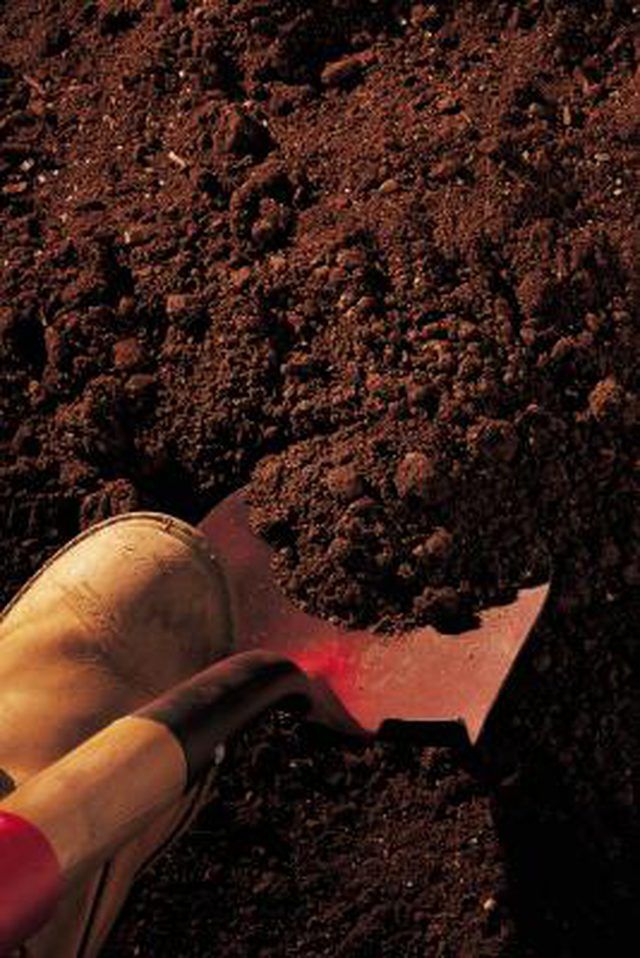Bulbs
Flower Basics
Flower Beds & Specialty Gardens
Flower Garden
Garden Furniture
Garden Gnomes
Garden Seeds
Garden Sheds
Garden Statues
Garden Tools & Supplies
Gardening Basics
Green & Organic
Groundcovers & Vines
Growing Annuals
Growing Basil
Growing Beans
Growing Berries
Growing Blueberries
Growing Cactus
Growing Corn
Growing Cotton
Growing Edibles
Growing Flowers
Growing Garlic
Growing Grapes
Growing Grass
Growing Herbs
Growing Jasmine
Growing Mint
Growing Mushrooms
Orchids
Growing Peanuts
Growing Perennials
Growing Plants
Growing Rosemary
Growing Roses
Growing Strawberries
Growing Sunflowers
Growing Thyme
Growing Tomatoes
Growing Tulips
Growing Vegetables
Herb Basics
Herb Garden
Indoor Growing
Landscaping Basics
Landscaping Patios
Landscaping Plants
Landscaping Shrubs
Landscaping Trees
Landscaping Walks & Pathways
Lawn Basics
Lawn Maintenance
Lawn Mowers
Lawn Ornaments
Lawn Planting
Lawn Tools
Outdoor Growing
Overall Landscape Planning
Pests, Weeds & Problems
Plant Basics
Rock Garden
Rose Garden
Shrubs
Soil
Specialty Gardens
Trees
Vegetable Garden
Yard Maintenance
What Is Reserve Acidity in Soil?
What Is Reserve Acidity in Soil?. The pH of a solution is a measurement of hydrogen ion concentration, which indicates levels of acidity or alkalinity. Soils can have both active acidity and reserve acidity. The reserve acidity determines how much lime must be applied to raise pH.

The pH of a solution is a measurement of hydrogen ion concentration, which indicates levels of acidity or alkalinity. Soils can have both active acidity and reserve acidity. The reserve acidity determines how much lime must be applied to raise pH.
Definitions
Active acidity is the hydrogen ion concentration in soil water or moisture; these hydrogen ions are in solution. Reserve acidity refers to hydrogen ions bound up in soil particles and not dissolved in solution. The sites on soil particles that hold the hydrogen ions and other positively charged ions are called cation exchange sites.
Function
When labs measure soil pH, they are measuring active acidity. Reserve acidity, however, is the main source of active acidity, so to raise soil pH it's ultimately necessary not only to neutralize active acidity but to neutralize some of the reserve acidity as well. Consequently, while active acidity determines whether soil pH needs to be raised, reserve acidity determines how much lime is needed to raise it.
Considerations
Testing the pH buffer capacity of the soil can determine the reserve acidity, which varies depending on the kind of soil. Soils with a high clay content or high organic matter content generally have higher reserve acidity, so raising pH in these kinds of soils may require more lime than in other types of soil.